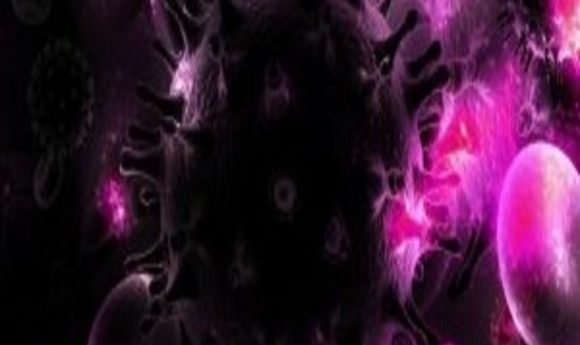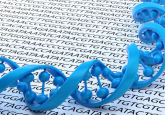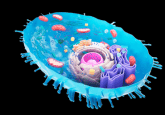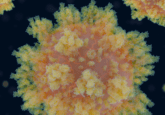Is there a cure for HIV on the horizon?

There is currently no permanent cure for HIV infection. However, scientists have now demonstrated the ability of CRISPR/Cas9 to eliminate HIV-1 DNA in animal models and prevent further infection, providing hope that a cure is on the horizon.
Is there a cure for HIV infection? There is currently no permanent cure as the virus can hide away in latent reservoirs. However, a team of researchers from the Lewis Katz School of Medicine at Temple University (LKSOM) and the University of Pittsburgh (both PA, USA) hope to change that and have demonstrated their success in eliminating HIV-1 DNA from the genomes of living animals.
This accomplishment prevents further infection and provides a huge leap towards the goal of a permanent cure for HIV. The study, published in Molecular Therapy, details how the team became the first to eliminate HIV-1 DNA in three different animal models, including mice that had been transplanted with human immune cells.
Utilizing CRISPR/Cas9 in infected animal cells, HIV-1 replication was halted, and the virus eliminated.
“Our study shows that treatment to suppress HIV replication and gene editing therapy, when given sequentially, can eliminate HIV from cells and organs of infected animals,” commented co-senior author Kamel Khalili (LKSOM).
“The imaging system […] pinpoints the spatial and temporal location of HIV-1-infected cells in the body, allowing us to observe HIV-1 replication in real-time and to essentially see HIV-1 reservoirs in latently infected cells and tissues.”
After successfully inactivating HIV-1 in transgenic mice in which RNA expression of viral genes was reduced by 60–95%, they then tested their CRISPR system in EcoHIV –the mouse equivalent of human HIV-1 – acutely infected mice. The efficiency of the CRISPR system in this model reached 96%.
“During acute infection, HIV actively replicates,” Khalili explained. “With EcoHIV mice, we were able to investigate the ability of the CRISPR/Cas9 strategy to block viral replication and potentially prevent systemic infection.”
The final stage demonstrated the successful elimination of viral DNA from infected human cells that had been embedded within tissues and organs in humanized mice. The team determined the success of their technique by using a live bioluminescence imaging system to measure levels of HIV-1 RNA.
-
Delivering HIV-1 envelope glycoprotein stabilization
-
Broadly neutralizing antibodies: a combination to be reckoned with for HIV
-
Could a viral vector be the carrier to a HIV cure?
“The imaging system […] pinpoints the spatial and temporal location of HIV-1-infected cells in the body, allowing us to observe HIV-1 replication in real-time and to essentially see HIV-1 reservoirs in latently infected cells and tissues,” commented Khalili.
“The next stage would be to repeat the study in primates, a more suitable animal model where HIV infection induces disease, in order to further demonstrate elimination of HIV-1 DNA in latently infected T cells and other sanctuary sites for HIV-1, including brain cells,” concluded Khalili. “Our eventual goal is a clinical trial in human patients.”
Should the research successfully move through these next stages, there is potential CRISPR/Cas9 could be the source of a permanent HIV cure.





